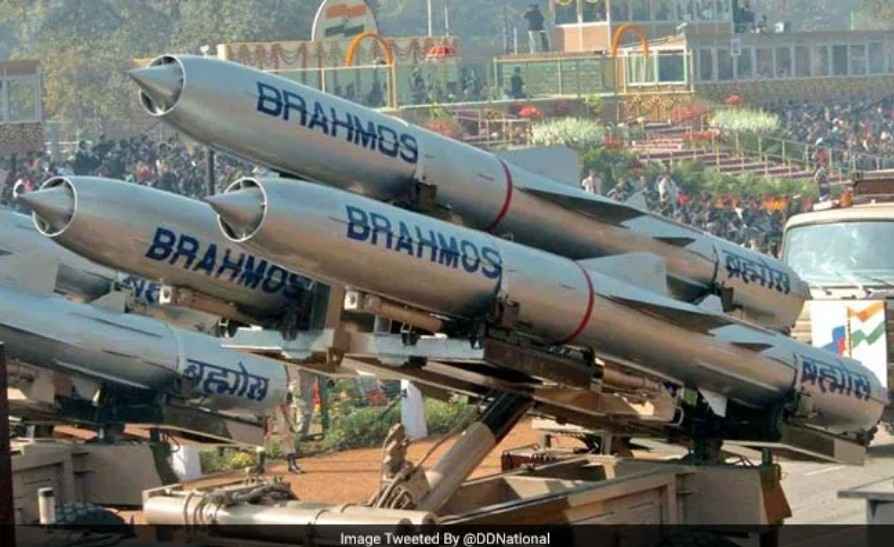After BrahMos missiles dealt heavy blows to Pakistani military assets during Operation Sindoor, Indian Navy and Air Force move to expand their missile arsenal.
🔹 Operation Sindoor: A Showcase of Indigenous Power
In the aftermath of Operation Sindoor, where BrahMos supersonic cruise missiles played a decisive role in striking Pakistani air bases and Army cantonments, the Indian armed forces are now preparing for major procurement of these missiles.
According to top defence sources, a high-level Defence Ministry meeting is expected to approve large-scale purchases of BrahMos missiles for:
- Indian Navy warships
- Air-launched variants for the IAF
- Ground-based versions for enhanced strategic capabilities
🔹 How the BrahMos Was Used in Operation Sindoor
During the four-day conflict, BrahMos missiles were instrumental in:
- Targeting terror camps in Pakistani Punjab
- Damaging key Pakistani air bases
- Neutralizing strategic Army locations across Pakistan
These precision strikes were reportedly crucial in dismantling Jaish-e-Mohammed and Lashkar-e-Taiba infrastructure.
🔹 Naval and Air Force Integration
- The Indian Navy plans to equip Veer-class warships with the missile system.
- The Indian Air Force (IAF) is expected to fit Su-30MKI fighter jets with air-launched BrahMos variants.
🔹 Modi’s Endorsement of Indigenous Firepower
Prime Minister Narendra Modi, referring to the operation, remarked:
“During Operation Sindoor, the world saw the capabilities of our indigenous weapons… especially the BrahMos missiles.”
His statement is being seen as a strong push for ‘Atmanirbhar Bharat’ in defence manufacturing.
🔹 Why the Surge in Missile Orders Matters
- Strengthens deterrence against hostile neighbours
- Ensures strategic preparedness for future conflicts
- Promotes Make in India and indigenous R&D



